40+ Sample Project Schedules
-
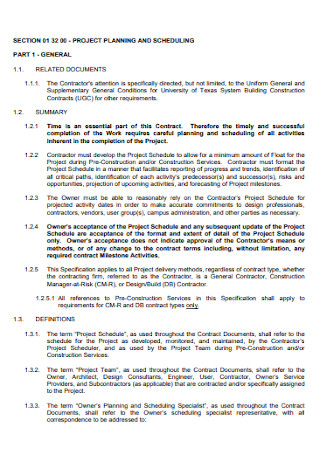
Project Planning and Schedule
download now -
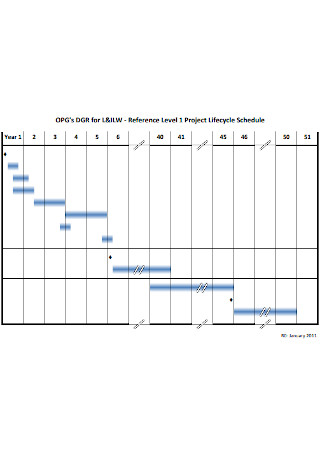
Project Lifecycle Schedule
download now -

Project Management Schedule Template
download now -
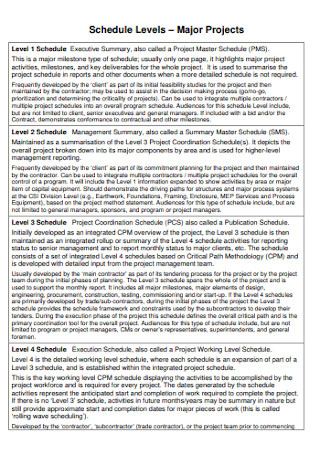
Major Projects Schedule Template
download now -
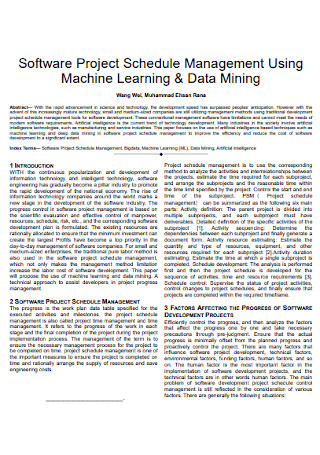
Software Project Schedule
download now -
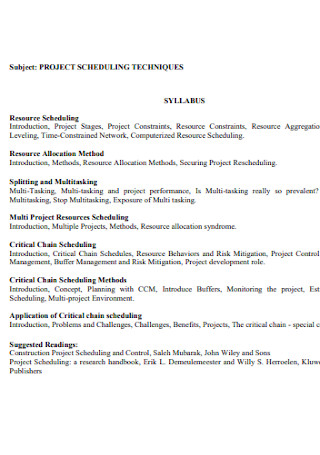
Project Schedule Techniques Template
download now -
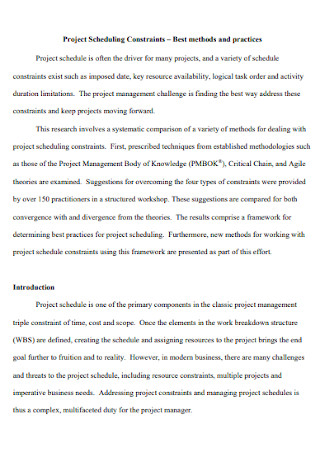
Project Scheduling Constraints Template
download now -
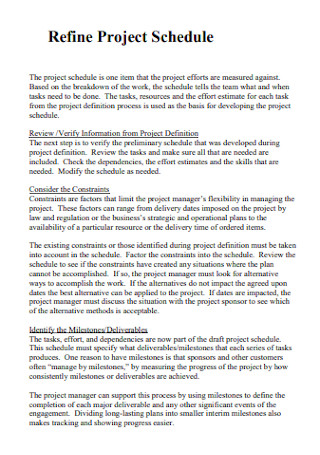
Refine Project Schedule
download now -
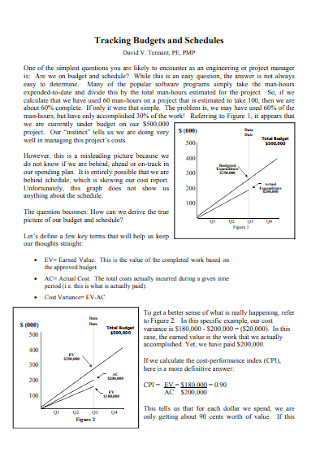
Tracking Project Budgets and Schedules
download now -
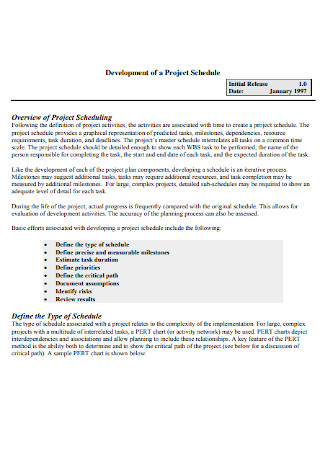
Development of Project Schedule
download now -
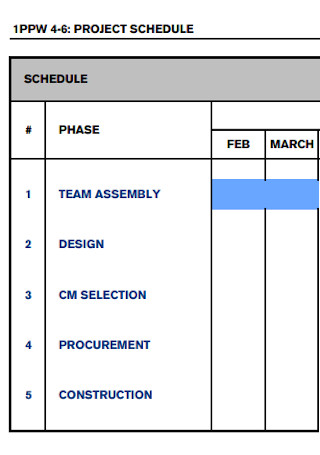
Sample Project Schedule Template
download now -
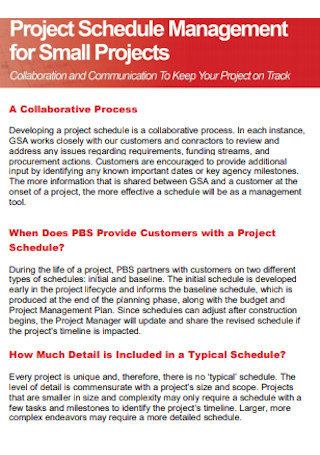
Schedule Management for Small Project
download now -
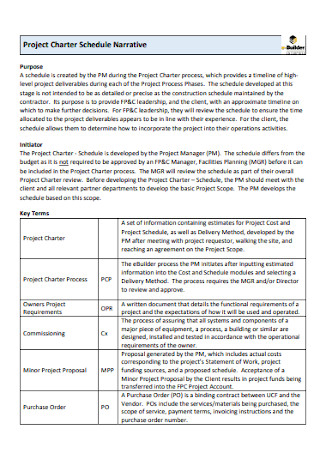
Project Charter Schedule
download now -
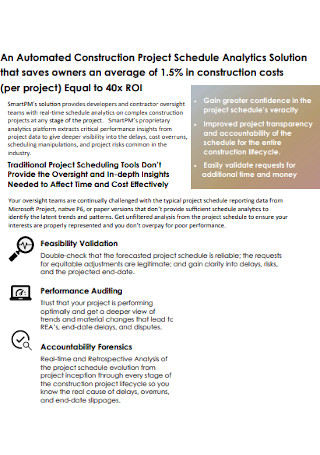
Construction Project Schedule
download now -
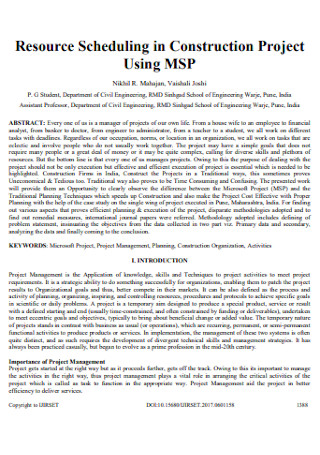
Resource Scheduling in Construction Project
download now -
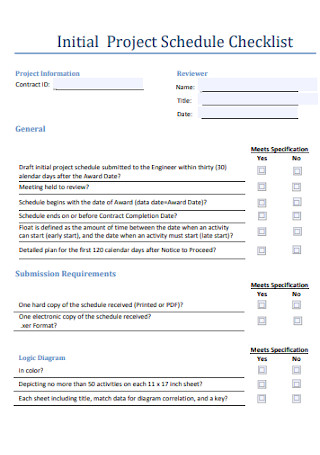
Initial Project Schedule Checklist
download now -
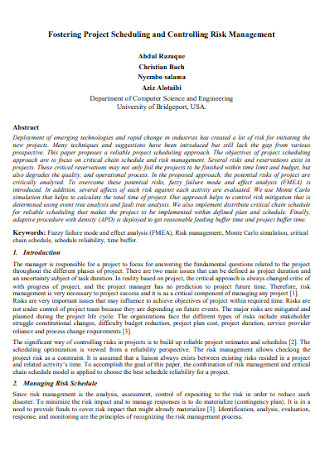
Fostering Project Scheduling Template
download now -
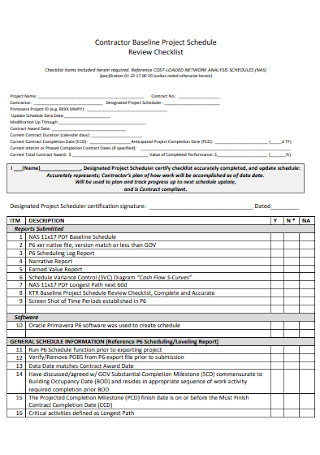
Contractor Baseline Project Schedule
download now -
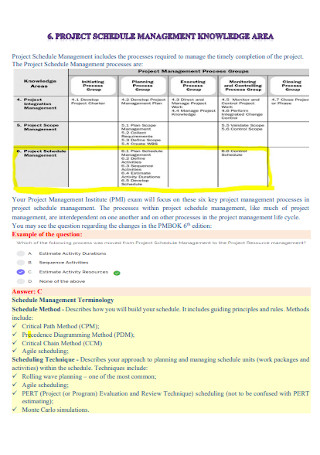
Project Knowledge Area Schedule
download now -
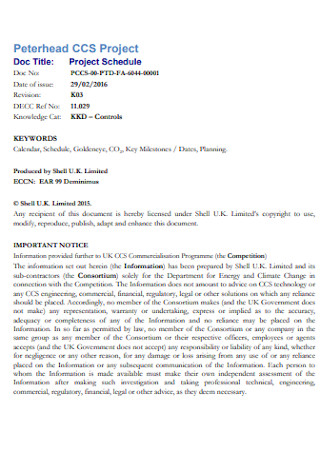
Simple Project Schedule Template
download now -
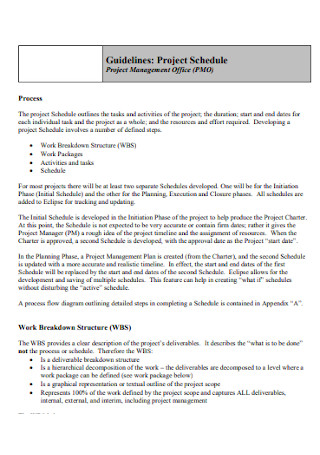
University Project Schedule
download now -
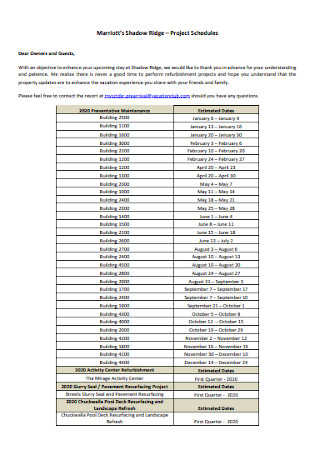
Basic Project Schedules Template
download now -
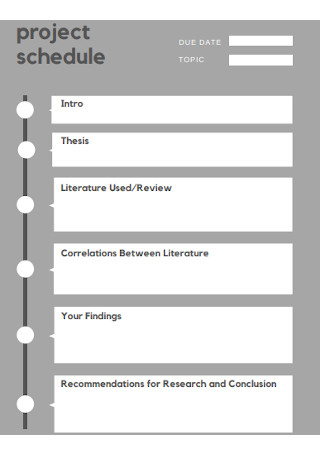
Standard Project Schedule Template
download now -
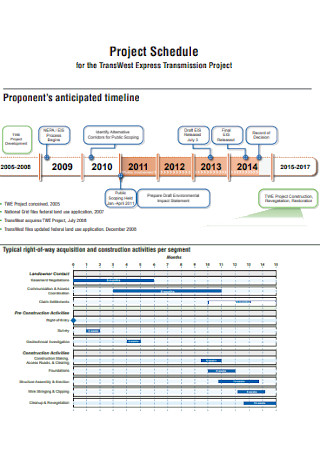
Project-Poster-Schedule
download now -
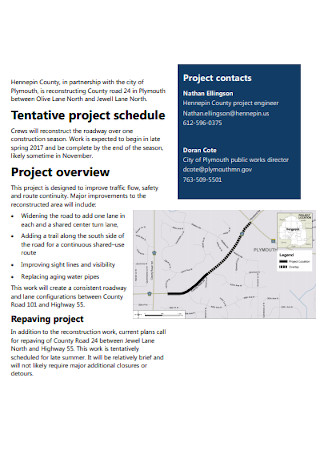
Tentative Project Schedule
download now -
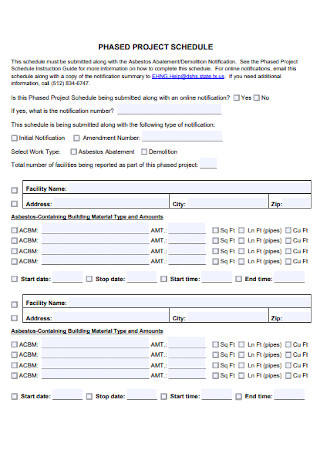
Phased Project Schedule Template
download now -

Formal Project Schedule Template
download now -
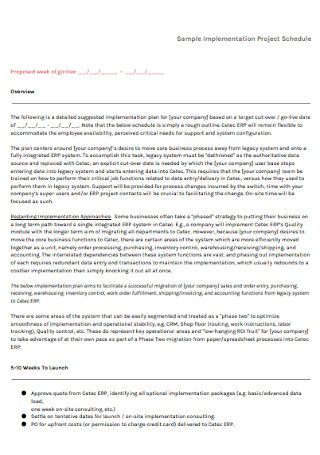
Sample Implementation Project Schedule
download now -

Financial Project Schedule Template
download now -
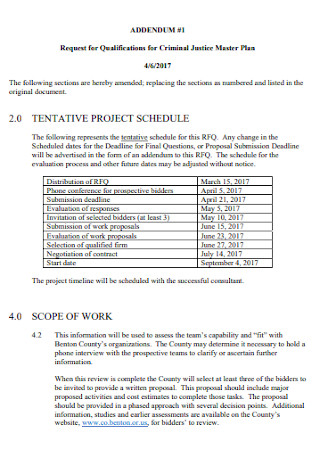
Simple Tentative Project Schedule
download now -
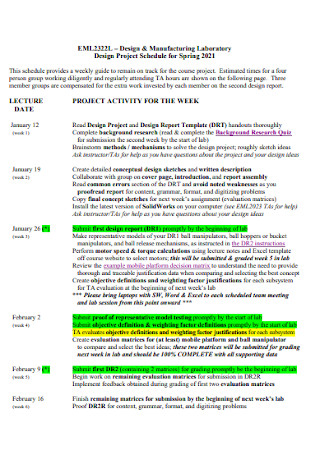
Design Project Schedule
download now -
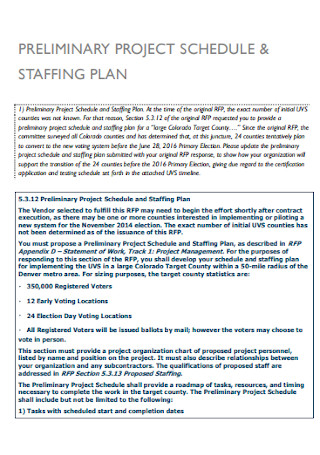
Preliminary Project Schedule Template
download now -
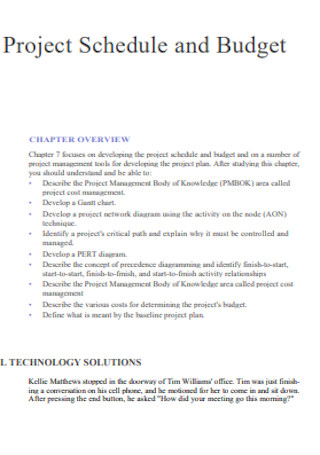
Project Schedule and Budget Template
download now -

Project Program Schedule Template
download now -
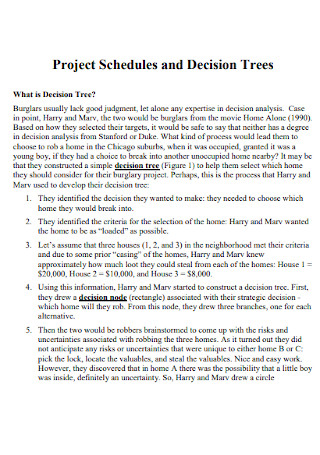
Project Schedules and Decision Trees
download now -
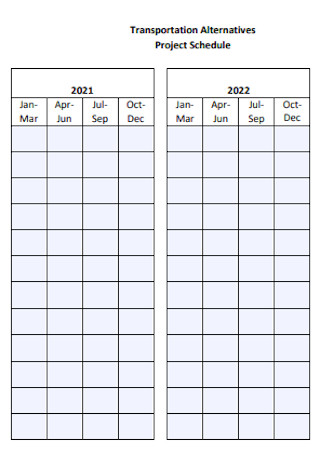
Transportation Alternatives Project Schedule
download now -
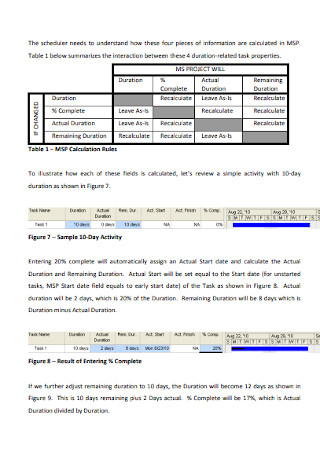
Project for Construction Schedule
download now -
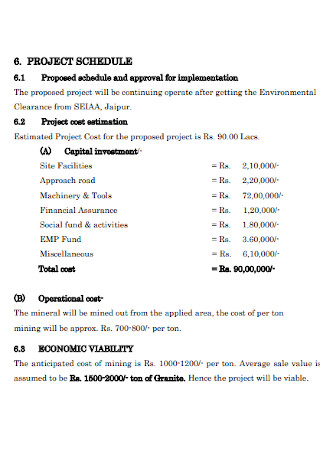
Printable Project Schedule Template
download now -
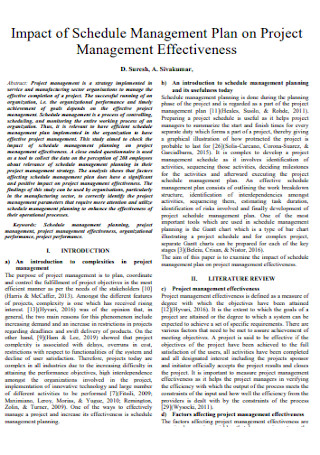
Project Management Plan Schedule
download now -
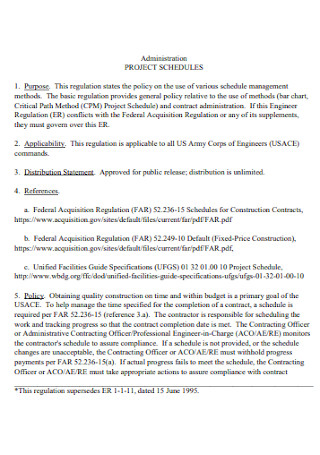
Project Administration Schedule
download now
Project Schedules: What Are They?
A project schedule is an essential document used in various industries but mainly in construction. It indicates what needs to be done, what resources must be utilized, and when the project is due. In other words, it is a timetable or a timeframe that sets out start and end dates and milestones that should be met for the project’s timely completion. The project schedule is often used along with a Work Breakdown Structure (WBS) to evenly distribute work among team members. Moreover, the project schedule must be regularly updated to gain a better understanding of the project’s current status.
Meanwhile, based on an article published by Glassdoor, the annual salary of project managers is $66,137, which is higher than the annual real median personal income of $35,977 in 2019.
The Benefits of Project Scheduling
If you are on the fence and still not convinced why there is a need to create project schedules, the list below will change your mind. Having a project schedule handy is not just a piece of another bulky document. It has more to it than you think. Let us find out the benefits of project scheduling.
How to Make an Effective Project Schedule
Project scheduling plays an important role in project success. However, it can be a challenging job, especially for those who have no experience in making one. So, we have broken down the process into four manageable steps. The list is for beginners and it includes the basics of project scheduling.
Step 1: Plan Schedule and Define Activities
Planning is the foundation of success. If you want to achieve your desired outcome, make sure to plan before starting the project schedule. The plan should outline the resources available for the project and the contingencies that may arise. Right after the plan, list the tasks that must be completed to deliver the project. This is a lot easier to visualize with the help of a chart.
Step 2: Determine Dependencies and Sequence of Activities
When all the project activities have been listed, think through each one carefully to identify which tasks rely on others to be completed. Use a Gantt Chart to define your dependencies clearly. With this, you can secure an accurate schedule and avoid delays. Once your dependencies are established among your activities, sequence them. At this point, do not assign a time or a due date. Rather, focus on the order in which the activities should be done.
Step 3: Estimate Resources and Project Duration
Every activity in the project requires resources—manpower, subcontractor costs, tools, and workspace. Make sure to consider other resources specific to your project. Then estimate the resources needed for each activity. Next, estimate the project’s duration to strive for no delay. If you underestimate, it will put the project behind schedule. Meanwhile, overestimating could cost more of your resources. The way around this is by using data from similar previous jobs.
Step 4: Develop Schedule; Monitor and Control
Now that you have all the information needed, develop your project schedule. There are multiple models and formulas for developing the project schedule like critical path, critical chain, and resource leveling among others. You can even use a template if it is more favorable for you. Each method is worthwhile, so take time to find the best one that works well for you. When you are done making the project schedule, begin monitoring and controlling your project.
FAQs
What are the different types of schedules?
- Appointment Schedule
- Daily Work Schedule
- High School Schedule
- Work Schedule
- Study Schedule
- Interview Schedule
Is a Gantt Chart a project schedule?
A Gantt Chart is a project management tool that is as useful as a project schedule but it can be as effective alone. It assists in the planning and scheduling of projects of all sizes by simplifying them into less complex and actionable steps.
How to schedule a project?
The length of a project schedule depends on the complexity of your project. Less complicated projects only require short scheduling. However, if your project is more complicated, you must take time to make a more detailed and longer schedule.
If you need help in creating a specific project schedule, make sure to select a suitable reference from the list of templates and samples above. Be particular with the selection of template that you need as this enables you to come up with the project schedule which can truly contribute to the betterment of project management.
